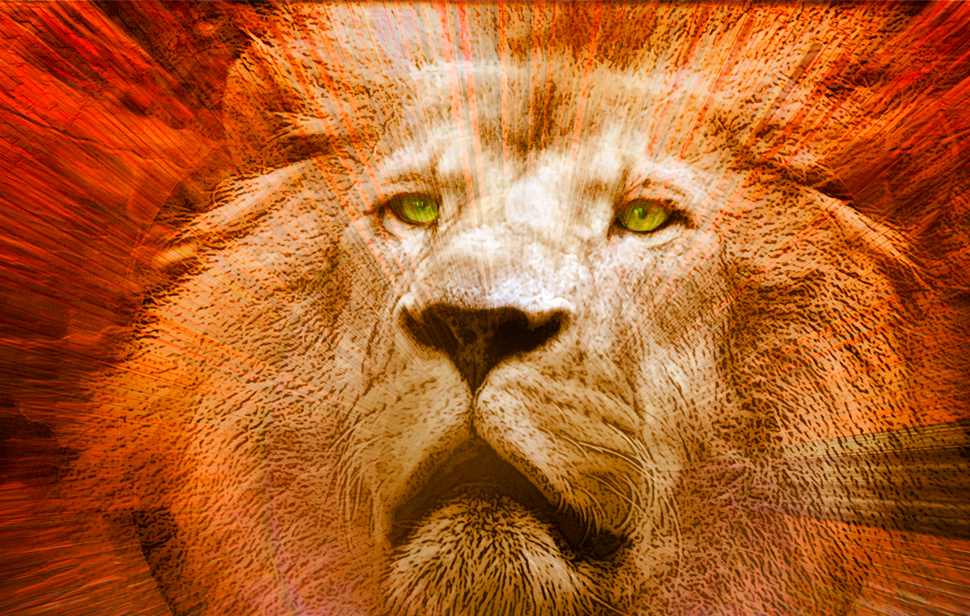
Chapter 8
The Horse And His Boy
This is the third tale in the chronological history of Narnia, even though it was the fifth book of the series to be published. The title The Horse And His Boy offers a humorous twist by portraying a horse as the owner of a human child. By developing this reversal of roles, Lewis illustrates the perils of personal pride in a fresh and new way. Each person or talking animal that struggles with vanity finds different ways of dealing with it through Aslan’s help.
Setting. The story takes place 14 Narnian years after the events of The Lion, The Witch, And The Wardrobe. Peter, Susan, Edmund, and Lucy are still ruling Narnia. Most of the book occurs in the hot desert land of Calormen to the south of Narnia where the main characters escape and seek freedom in Narnia to the north.
Plot Summary. Shasta, an infant prince of Archenland (an allied nation of Narnia that protects its southern border), is kidnapped and raised to boyhood by a fisherman in the land of Calormen far to the south. In that land, a high-born Calormene princess named Aravis is fleeing an unwanted arranged marriage.
Together, Shasta and Aravis flee to Narnia in the north on horseback. Their horses are originally from Narnia and are therefore able to talk. On their journey, they hear of a plot to conquer Archenland and invade Narnia. Aided by a mysterious lion, the children and the horses are able to warn the nobles of Archenland and prevent the invasion.
Through these events, Shasta discovers his true royal identity. He later marries Princess Aravis and together they eventually become the king and queen of Archenland.
Spiritual Parallels. In The Horse And His Boy, the talking stallion, Bree, struggles with issues of pride and vanity. He views himself as an experienced war horse and looks down on Shasta as if he were a human foal in need of riding lessons. And whenever the shy and wise mare, Hwin, expresses her opinions, the arrogant stallion belittles her and claims superior skill and courage.
At a key point in the story, however, when this proud war horse hears the roar of a lion, he flees like a coward, leaving Aravis and Hwin unprotected. Later, when Bree meets the great lion face to face, the stallion admits that he has been a prideful and frightened failure. The lion praises him for recognizing his shortcomings.
Life has a way of exposing the flaw of personal vanity. Bree’s actions are an illustration of Proverbs 16:18, “Pride goes before destruction, and a haughty spirit before a fall.” In contrast, a modest spirit before both God and man can become a carrier of wisdom to others: “When pride comes, then comes shame; but with the humble is wisdom” (Prov. 11:2).
Lewis also traces an arrogant spirit within the heart of Aravis, the young princess. Her growth in humility illustrates the biblical idea that one of the remedies to an exaggerated view of self is to take an interest in the gifts and accomplishments of others. The apostle Paul wrote:
Let nothing be done through selfish ambition or conceit, but in lowliness of mind let each esteem others better than himself. Let each of you look out not only for his own interests, but also for the interests of others (Phil. 2:3-4).
Because Aravis was high-born and accustomed to being served, she had become arrogant and demanding. But her interactions with the talking horses helped her to learn to esteem them as fellow rational beings—riding but never exploiting them.
Initially, Aravis looked down on Shasta as a common horse thief. But after seeing his bravery and loyalty, she apologized for her condescending attitude.
Pride must give way to a teachable spirit if it is ever to be conquered. Pride is wrong because it ignores the truth that all natural abilities and spiritual gifts are given by God.





